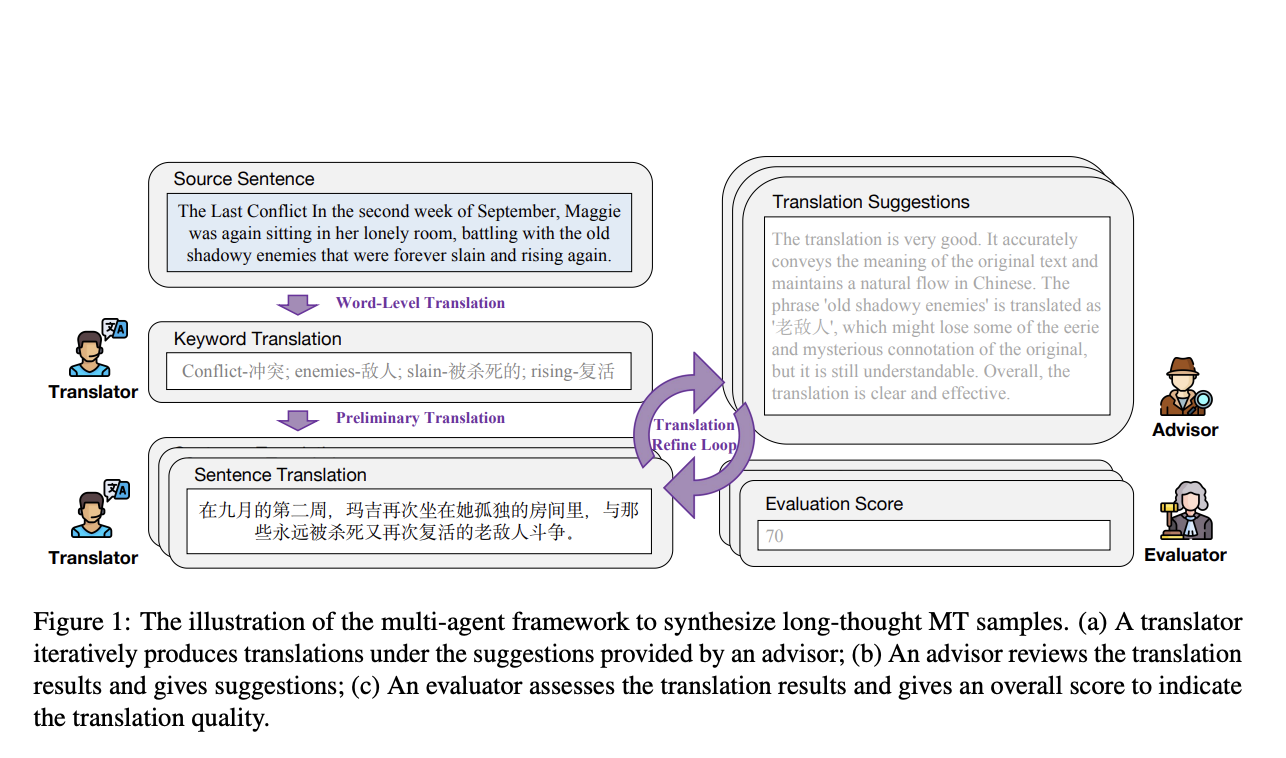
Understanding Neural Machine Translation (NMT)
Neural Machine Translation (NMT) is an advanced technology that translates text between languages using machine learning. It plays a crucial role in global communication, particularly for tasks like technical document translation and digital content localization.
Challenges in Literary Translation
NMT has improved in translating simple texts but struggles with literary works filled with metaphors and cultural nuances. Traditional systems often provide literal translations that miss the deeper meaning, especially in literature where emotions and artistry are vital.
Complexities of Idiomatic Expressions
Translating idioms and metaphors is challenging because they depend on cultural understanding. Literal translations can confuse native speakers. Even advanced NMT systems excel with structured texts but falter with abstract language, requiring human translators to reinterpret these expressions for better cultural alignment.
Innovative Solutions: DRT-o1 System
Researchers from Tencent Inc. have introduced the DRT-o1 system, which addresses these challenges with two versions:
- DRT-o1-7B
- DRT-o1-14B
These systems utilize a unique multi-agent framework to improve the translation of literary texts.
How DRT-o1 Works
The DRT-o1 system is built on the Qwen2.5 framework and involves three roles:
- Translator
- Advisor
- Evaluator
These agents work together to refine translations iteratively, ensuring quality and context accuracy.
Data-Driven Approach
The researchers collected data from 400 public-domain books, extracting 577,600 sentences and filtering them down to 63,000 that contained metaphors and similes. This data supports a more thoughtful translation process.
Performance Improvements
The DRT-o1 system shows significant improvements over existing models:
- DRT-o1-7B achieved an 8.26-point increase in BLEU score.
- DRT-o1-14B recorded a 7.33-point increase.
- It even surpassed larger models like QwQ-32B in performance.
Key Takeaways
- The DRT-o1 system uses a collaborative method for superior translation quality.
- Integration of GPT-4o enhances fluency and readability.
- Significant performance gains demonstrate the effectiveness of this new approach.
Conclusion
The DRT-o1 system represents a breakthrough in neural machine translation, particularly for literary texts. By focusing on the nuances of language and employing a sophisticated multi-agent approach, it improves translation quality while preserving cultural context. This innovation opens new avenues for translating complex texts with precision.
For further insights, check out the Paper and GitHub Page. Follow us on Twitter, join our Telegram Channel, and connect with our LinkedIn Group. Join our 60k+ ML SubReddit.
Enhance Your Business with AI
To stay competitive, consider how AI can transform your operations:
- Identify Automation Opportunities: Find key areas for AI integration.
- Define KPIs: Measure the impact of AI on your business.
- Select an AI Solution: Choose customizable tools that meet your needs.
- Implement Gradually: Start small, analyze data, and expand wisely.
For AI KPI management advice, contact us at hello@itinai.com. For ongoing insights, follow us on Telegram or @itinaicom.
Discover how AI can enhance your sales processes and customer engagement at itinai.com.




























